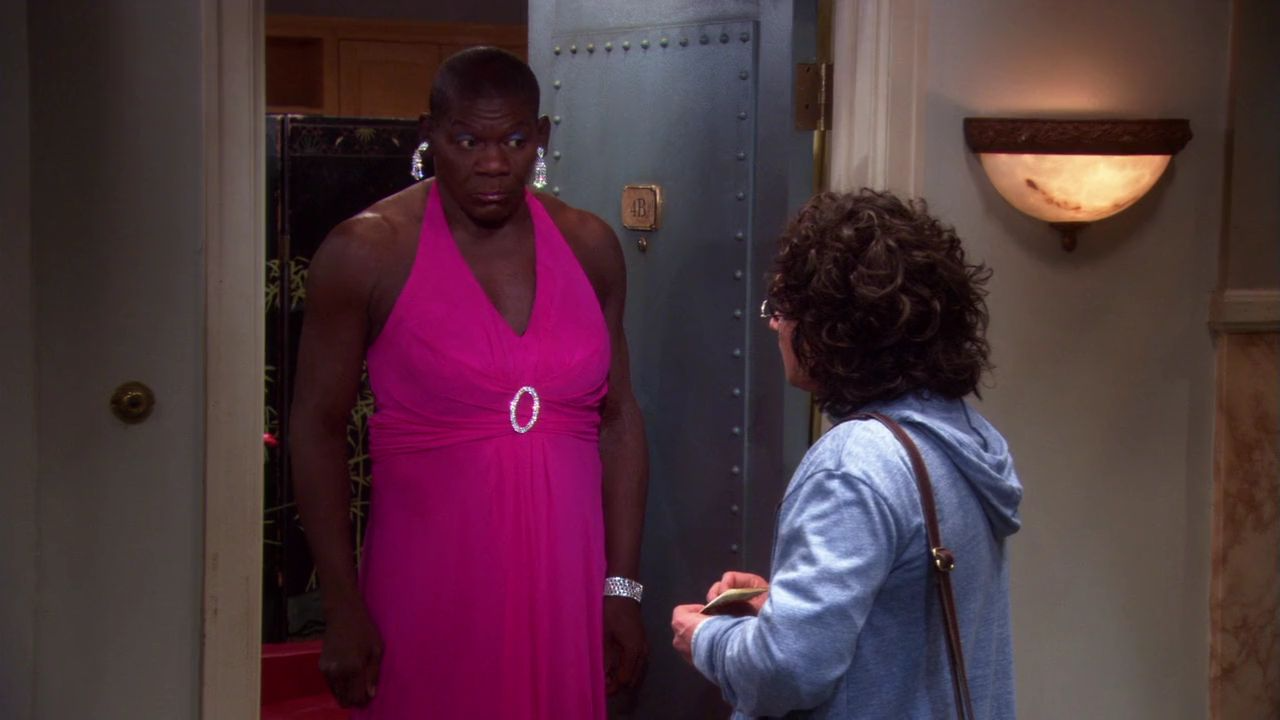
A Flashback That Redefines Everything We Thought We Knew
Revisiting the Origin Story of Leonard and Sheldon
The Big Bang Theory often dances around its characters’ backstories, but “The Staircase Implementation” (Season 3, Episode 22) offers something rare: a detailed look at the beginning of Sheldon and Leonard’s cohabitation. This flashback episode is both revelatory and hilarious, providing insight into how two of TV’s most iconic roommates came to live together. Told entirely through Leonard’s perspective, the episode cleverly uses the narrative device of a current fight between Leonard and Sheldon to launch into their shared history.
What makes this episode so effective is how it balances exposition with humor. We learn a lot—about the elevator, the apartment agreement, and even early versions of the characters—but it never feels like a history lesson. Instead, it’s a comedic origin story that strengthens the emotional core of the series.
The Elevator Mystery: Finally Solved
One of the longest-running visual gags on the show is the broken elevator. Fans have seen the characters walk up those stairs hundreds of times, often using the climb as a space for conversation (or awkward silence). In this episode, we finally learn what happened: Leonard caused an explosion while experimenting with rocket fuel, and Sheldon saved his life by pulling him away from the elevator just in time.
It’s a moment that changes everything we thought we knew about Sheldon. For all his quirks and emotional detachment, his actions in that flashback reveal a deep, instinctive care for Leonard—even before they were close. This revelation not only enriches their relationship, but also recontextualizes Sheldon’s strict rules and routines. They’re not just for control—they’re his way of protecting the people around him.
The Worst Roommate Interview Montage Ever
One of the funniest sequences in the episode is the roommate interview montage. Leonard shows up to interview with Sheldon, who has already scared off a series of potential candidates. From hygiene freaks to neo-Nazis, the interviewees are as eccentric as Sheldon himself—just in different ways. This fast-paced series of gags showcases the writers’ knack for physical comedy and weird one-liners, while also building up to the undeniable truth: only Leonard could ever have tolerated Sheldon.
The roommate agreement is also introduced here, in its original form. Sheldon’s expectations are absurd even from the beginning, and Leonard, desperate for affordable rent, agrees to them without fully understanding what he’s signing up for.
A Different Penny: And a Surprise Ending

While most of the episode is spent in flashback, the framing device involves a fight between Leonard and Penny. They’ve just had another disagreement about Sheldon, and Leonard is trying to justify his tolerance of Sheldon’s behavior. This framing adds emotional stakes to the flashback—it’s not just a funny story; it’s Leonard trying to make sense of his life choices and defend them to someone he cares about.
The final twist? Penny is surprisingly moved by Leonard’s story. Not only does it explain why Leonard puts up with Sheldon, but it also shows a version of Sheldon she’s never known. It reminds us that the show’s characters are not static caricatures, but people shaped by shared history, flawed choices, and real friendships.
Why This Episode Matters
“The Staircase Implementation” stands out because it deepens the mythology of The Big Bang Theory. It gives fans long-awaited answers, but more importantly, it does so in a way that’s emotionally satisfying. By showing where it all began, it allows viewers to appreciate how far Leonard and Sheldon have come—not just as roommates, but as reluctant, loyal friends.
It’s also one of the rare episodes that can stand alone as a short film in its own right. With a clear beginning, middle, and end, it tells a complete story filled with humor, tension, and character development. For longtime fans, it’s a love letter to the show’s roots. For new viewers, it’s a compelling introduction to the odd world of apartment 4A.
